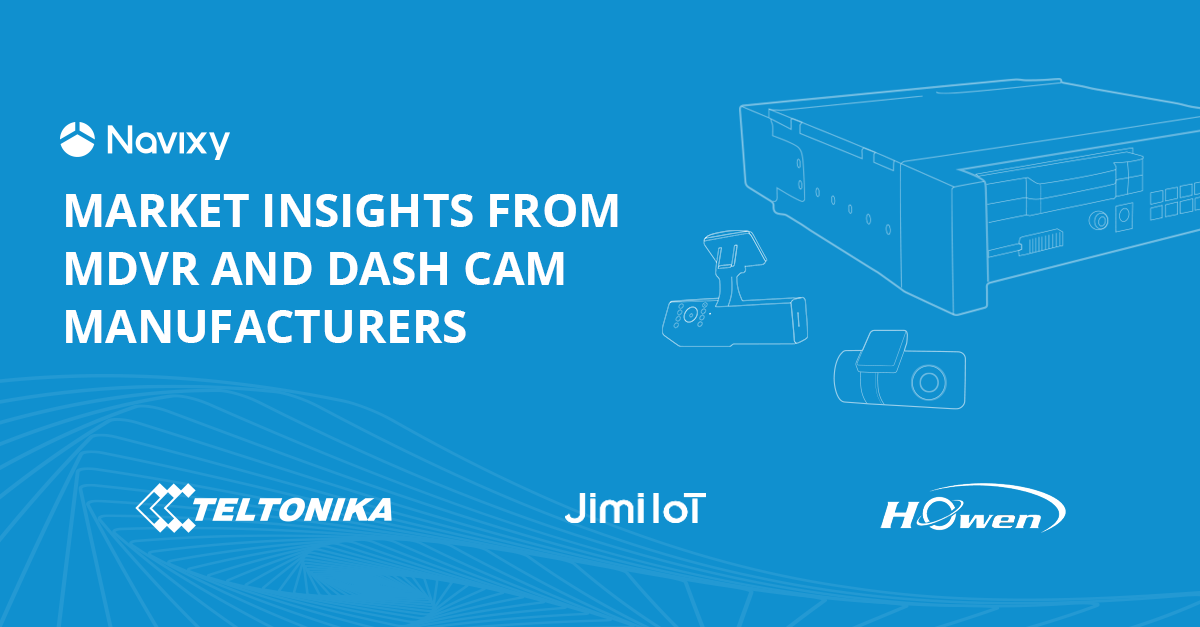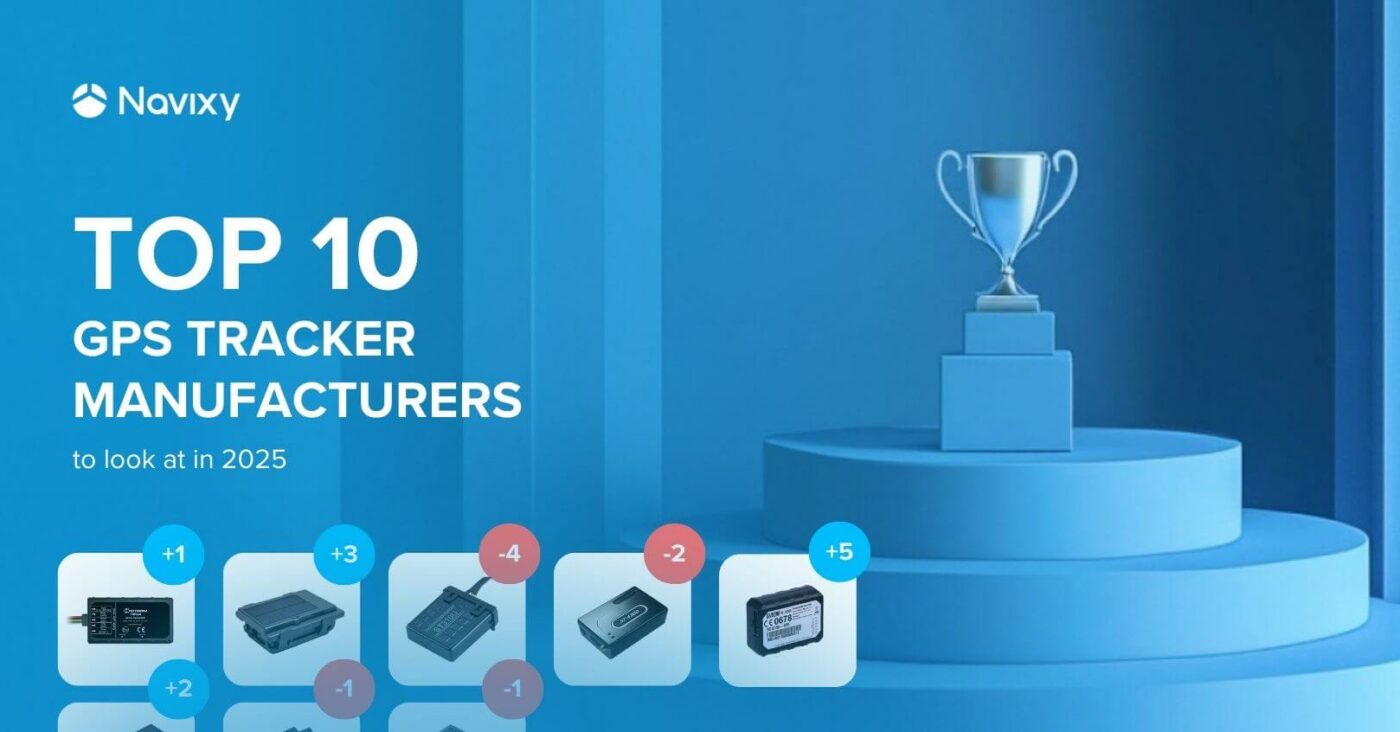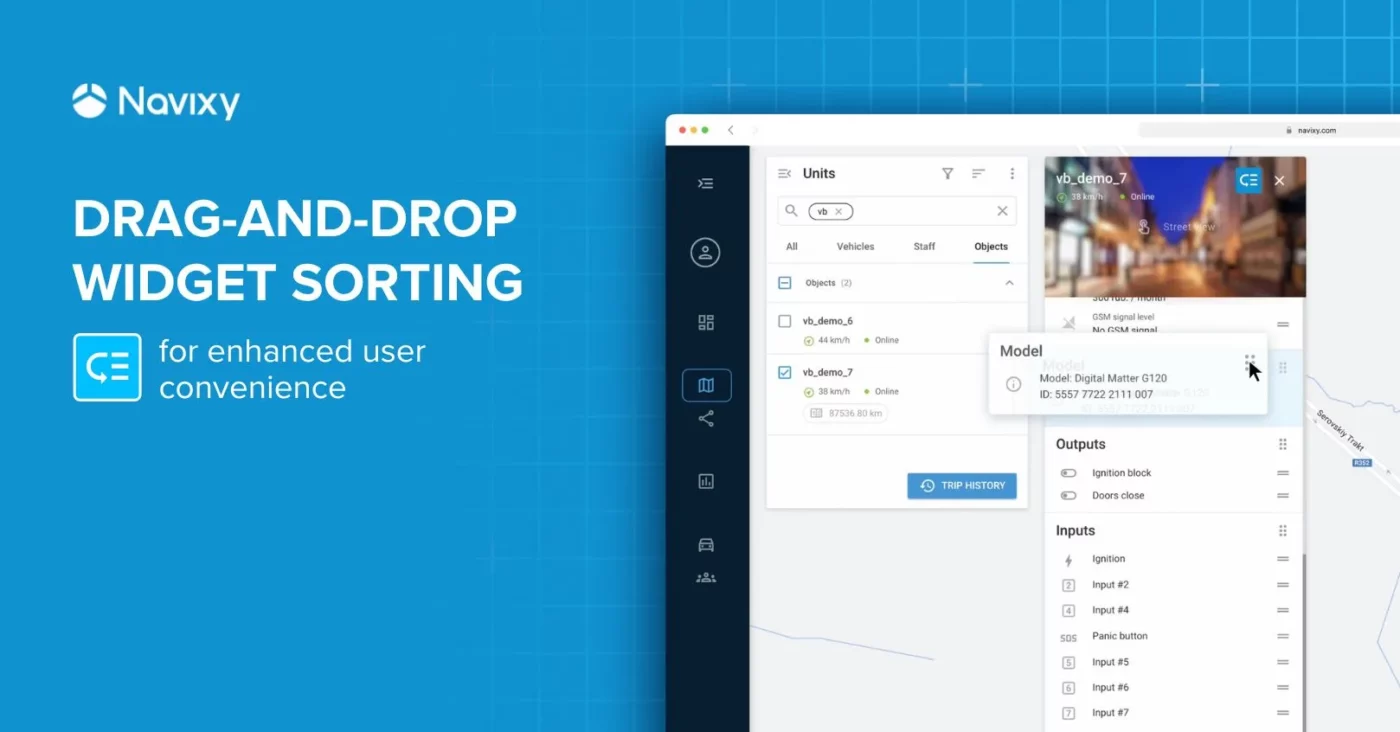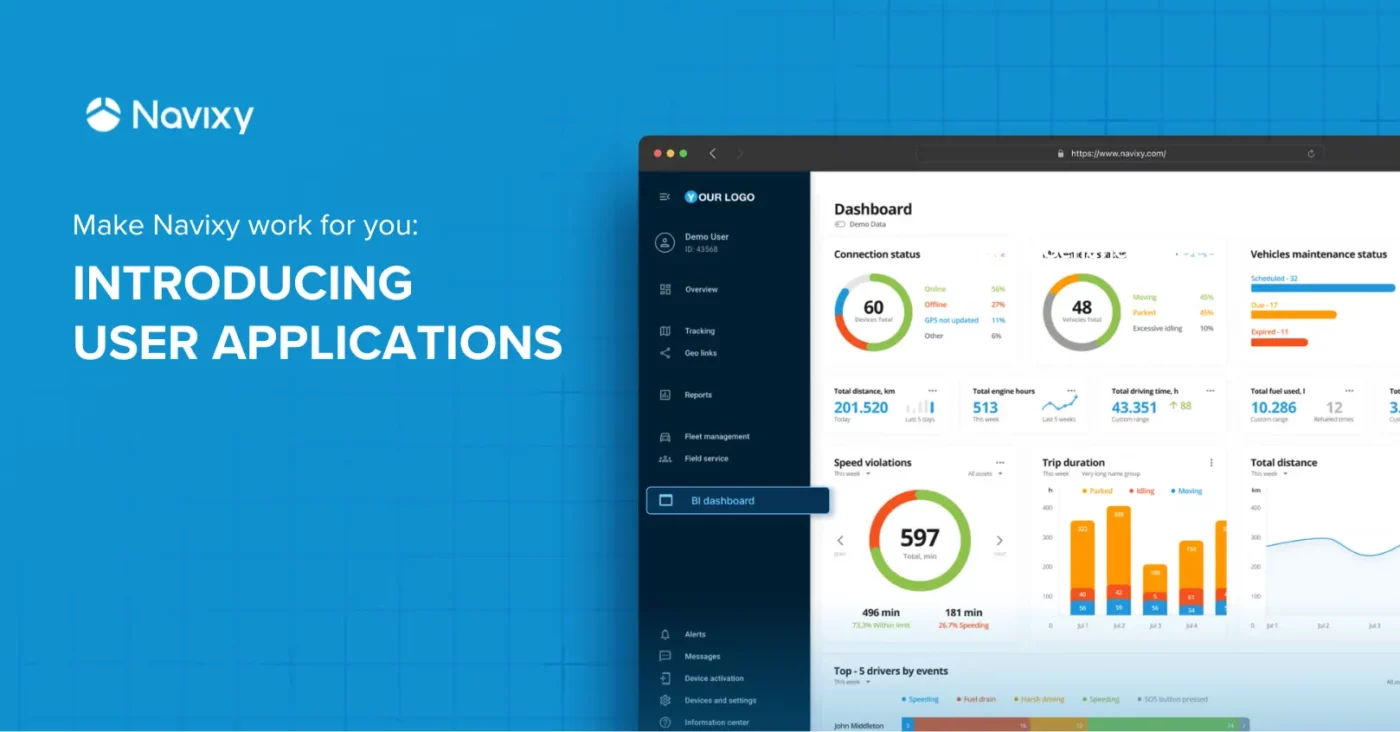In an ongoing effort to gain insight into the MDVR and dash cam market, Navixy recently reached out to some of the top manufacturers of these advanced video solutions to ask them a few questions about this technology. Kęstutis Brūzga of Teltonika, Alex Devyatkov of Howen Technologies, and Terence Yao of Jimi IoT were all kind enough to answer our inquiries. Below, you’ll find what they had to say about the benefits, challenges, and future of video telematics.
What are the key features of MDVR and dash cams?
To start, we asked each of our partners what they thought the key features of MDVR and dash cams were. Given their ability to stream live and recorded video, it pays to know what else these devices have to offer fleet managers, companies, and other organizations.
It has a multifunctional nature. Furthermore, MDVR offers features like AI safety functions, a rich interface for integrating additional equipment, anti-vibration structure, and more.
- Alex Devyatkov, Howen
MDVR has strong scalability, but is large and complex to install, while dashcam is small, easy to install, and can provide the most basic fleet management functions, according to the application of the industry to choose the right product.
- Terence Yao, Jimi IoT
As part of video telematics solutions, Teltonika Telematics offers DualCam with SD cards inside for data storage. All data is transferred via RS232 interface in the FMC125 tracking device to a server. The main features are: Video/photo by request, Video in case of a crash event, and Periodic photo sending.
- Kęstutis Brūzga, Teltonika
What are the benefits of MDVR?
In what ways can businesses expect to benefit from implementing video streaming solutions? Our partners provide their invaluable insights below.
Upgraded level of fleet management and control; evidence for traffic violations and criminal acts; fleet optimization.
- Alex Devyatkov, Howen
Driving records, traffic accident forensics, real-time video, driver management scheduling, DMS safe driving to ensure the driver's safety, and ADAS assisted driving.
- Terence Yao, Jimi IoT
Crucial information about the incidents on the road; seeing both ways; effective preventive measures to encourage safe driving; receiving videos and photos automatically or by request.
- Kęstutis Brūzga, Teltonika
What are the biggest challenges preventing more businesses from using MDVR?
Of course, every kind of technology faces roadblocks, especially during the initial implementation phase. Fortunately, we asked our connections at Howen, Jimi IoT, and Teltonika about some of the challenges that prevent some companies from accepting and using video streaming solutions.
Lack of product awareness and inability to realize/foresee the long-term benefits. According to our experience, a lot of potential customers are not that much aware of our products, their integrated functions as well as the benefits and economical effect that can be achieved with the implementation of the video monitoring on commercial transport.
- Alex Devyatkov, Howen
At present, mainly the product price, appearance, and that some functions do not meet the project or business expectations.
- Terence Yao, Jimi IoT
Many businesses are still not fully aware of the benefits and advantages of video telematics solutions, so our goal is to promote our products and educate integrators as much as possible.
- Kęstutis Brūzga, Teltonika
What challenges or obstacles could inhibit the acceptance and implementation of video solutions?
In addition to facing hesitation from potential users, MDVR and dash cams must also address administrative, infrastructural, and various other challenges. However, at Navixy, we’re confident that video streaming will overcome these obstacles.
Not all countries have adopted even 3G technologies. So, video functions cannot be fully utilized due to the low signal transmission speed in the potentially big markets.
- Alex Devyatkov, Howen
Privacy policy and other factors, some European countries have made a ban on dash cams. Product price, appearance, some functions do not meet the project or business expectations. Insufficient technology, long integration time, resulting in project delay.
- Terence Yao, Jimi IoT
Teltonika DualCam is a new solution in the market that connects a video camera and tracking device, bringing added value to the fleet owners. Being a new solution, the biggest challenge is that integrators have to test it and make sure it works properly.
- Kęstutis Brūzga, Teltonika
What is the future potential of MDVR?
As we look to the future of MDVR and dash cams, it’s clear that there’s still more for this technology to offer. Our partners not only all predict that video streaming will continue to grow, but also provide several new capabilities for even greater potential.
The scale of implementation will be growing drastically within the coming years. Especially, in the CIS countries market, since it’s not mature enough. Additional factors can regionally contribute to the future growth (for example, Directives for transport safety in Russia oblige all means of public transport to be equipped with the video surveillance systems). We predict growing demand for the MDVRs.
- Alex Devyatkov, Howen
In the future, video recording will be included as a standard feature in all vehicles. As a result, the technology will be able to read vehicle information, provide greater safety assistance, and improve fleet management.
- Terence Yao, Jimi IoT
Regarding the upcoming developments, we always look for ways to improve our products, including video telematics solutions, such as Teltonika DualCam. More information will follow in the future.
- Kęstutis Brūzga, Teltonika
For additional details regarding video streaming and mobile resource management, reach out to a Navixy specialist today.



